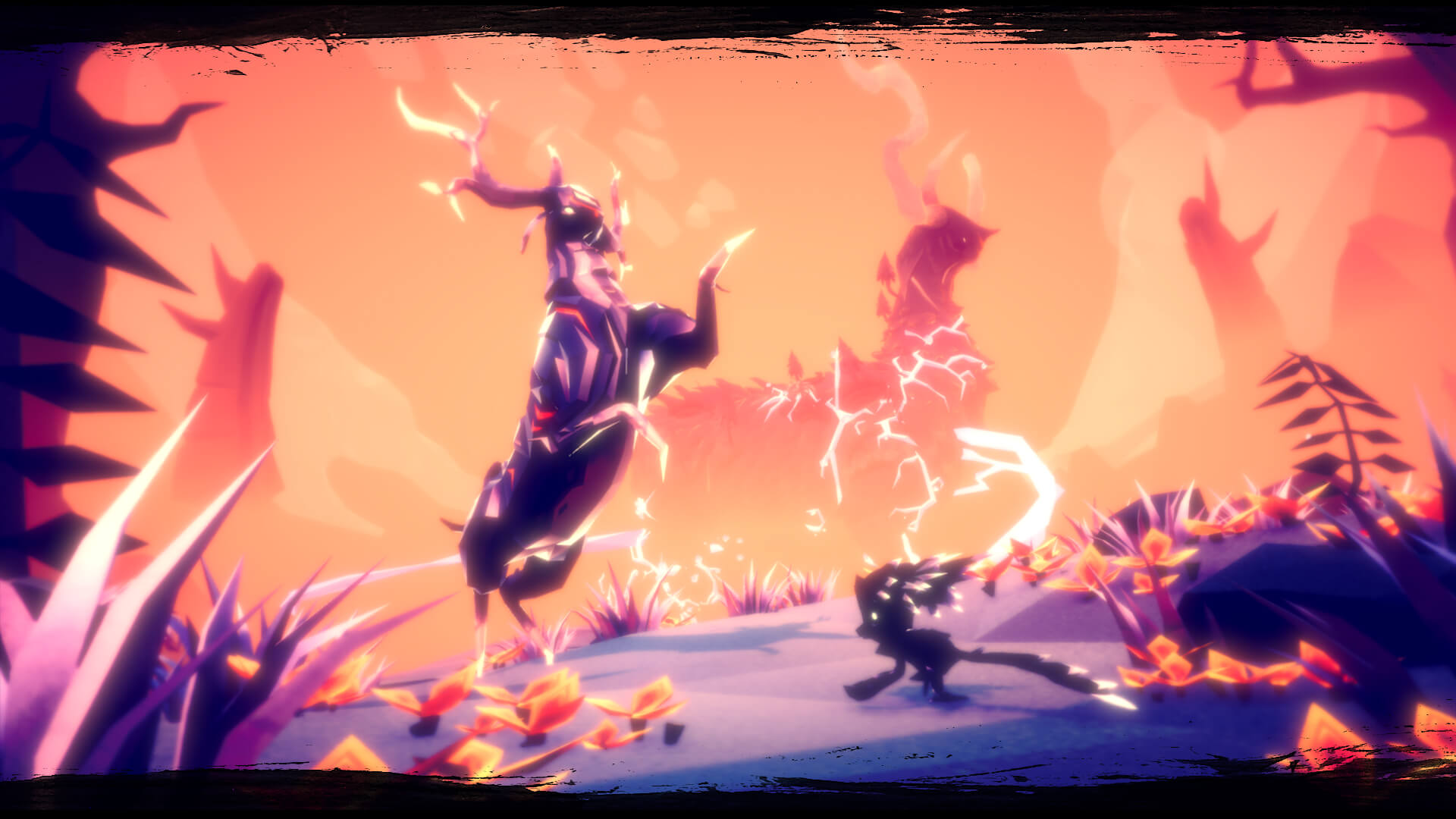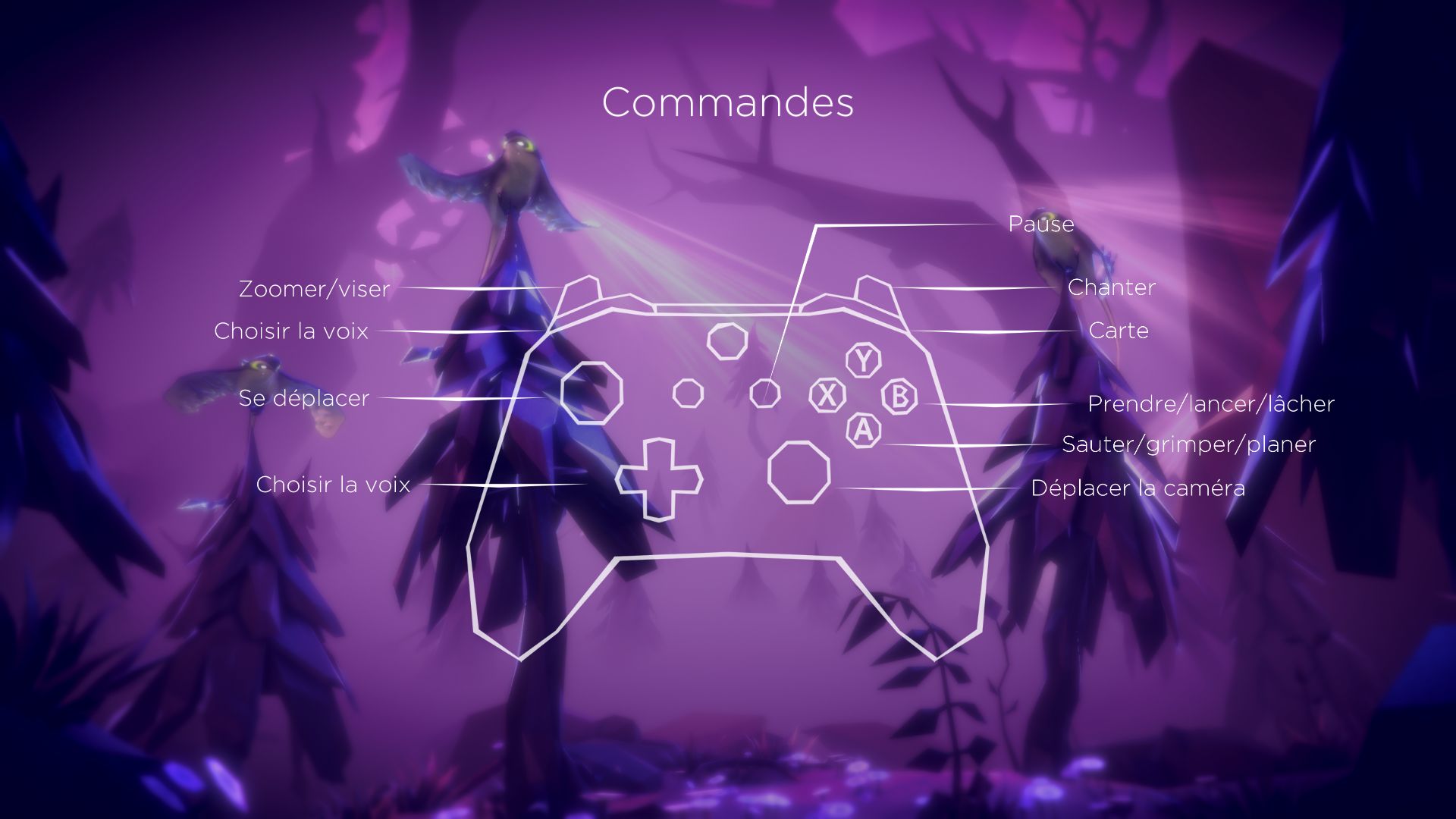

In continuous irradiation, C15 clusters are frequently formed, after which they remain highly stable and grow by absorbing nearby single interstitial atoms. We find that small C15 clusters make up 5–20% of the interstitial clusters formed directly in cascades. Using a new bond-order potential optimised for molecular dynamics simulations of radiation damage, we explore the dynamical stability of the C15 clusters in iron under irradiation conditions.

The C15 clusters can form as a result of irradiation, but their prevalence and survival in harsh irradiation conditions have not been thoroughly studied. Here application of the model is illustrated by estimation of self-diffusion coefficients and the calculation of fcc lattice properties at high temperature.Ībstract: Density functional theory predicts clusters in the form of the C15 Laves phase to be the most stable cluster of self-interstitials in iron at small sizes. This potential correctly reproduces the largest number of iron characteristics which ensures its advantage and wider applicability range compared to the other considered classical potentials.
#FE PC ORAGIN VERIFICATION#
The verification also implies thorough comparison of a potential with 11 other interatomic potentials reported in literature.

To verify our model, we studied various features of body-centered-cubic iron including the properties of point defects (vacancy and self-interstitial atom), the Peierls energy barrier for dislocations (screw and mix types), and the formation energies of planar defects (surfaces, grain boundaries, and stacking fault). In contrast with previous studies, here the potential development was based on force-matching method that requires only ab initio data as reference values. A new interatomic potential for simulation of iron was created with a focus on description of crystal defects properties. Abstract: The development of classical interatomic potential for iron is a quite demanding task with a long history background.


 0 kommentar(er)
0 kommentar(er)
